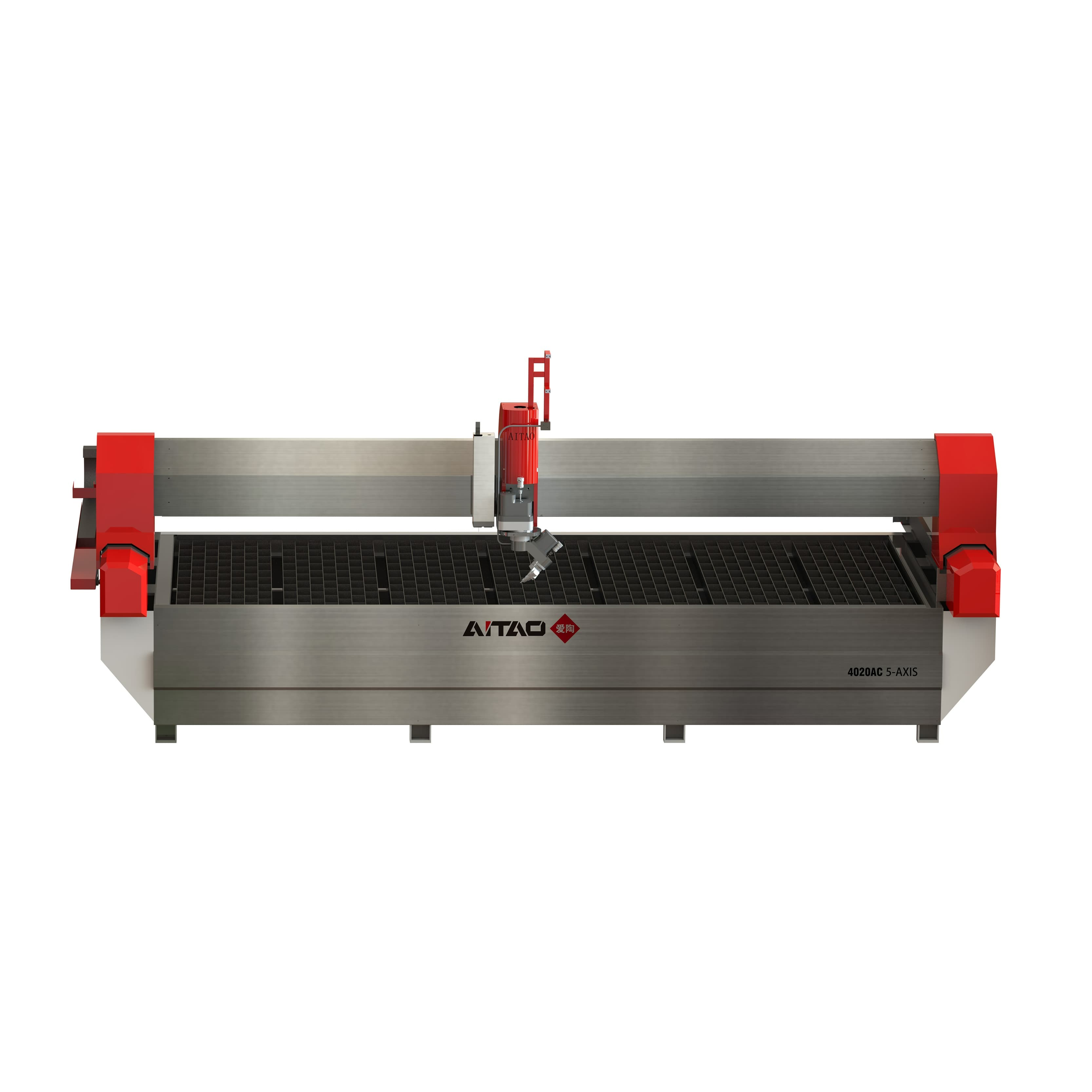In the competitive landscape of modern manufacturing and fabrication, two cutting-edge technologies stand out for their precision and versatility: waterjet cutting and laser cutting. As industry professionals and hobbyists alike seek the most efficient and effective methods for material processing, the debate between waterjet vs laser and laser cutting vs water jet gains prominence. This comprehensive guide aims to explore the nuances of CNC machine vs water jet cutting and waterjet cutting vs laser cutting technologies, providing insights to help you make an informed choice tailored to your project's requirements. Whether you're evaluating water jet vs laser cutting for intricate designs or pondering is water jet cutting better than laser for your specific material type, this article will serve as your essential resource.
What Are The Similarities Between Them?
Non-contact Cutting
When comparing water jet vs laser cutting, it's crucial to note that both employ non-contact methods. This pivotal characteristic means the cutting mechanisms—whether an abrasive-laden water stream or a concentrated laser beam—never physically interact with the material. This absence of contact mitigates the risk of contamination and reduces wear on the cutting apparatus, leading to a longer lifespan for the equipment and diminished maintenance demands. This similarity underscores the advanced nature of both waterjet and laser cutting technologies, highlighting their suitability for projects requiring high precision without compromising tool integrity.
Automation And Precision
Both waterjet cutting and laser cutting can be easily integrated with computer numerical control (CNC) systems. This interface offers automation, allowing for precision cutting based on pre-programmed designs or patterns. The computerized control ensures that intricate cuts and complex shapes can be replicated consistently, reducing human error and increasing overall efficiency.

Versatility
Both waterjet and laser cutting offer versatility in terms of the range of materials they can process. This versatility is advantageous for manufacturers who need to work with diverse materials without the need for frequent tool changes. Both technologies are capable of handling a wide range of materials, making them appropriate for sectors ranging from automotive and aerospace to architecture and jewelry.
What Are The Differences Between Them?
Work
Waterjet Cutting: In the comparison of water jet cutting vs laser cutting, waterjet cutting stands out with its erosion-based technique. Utilizing a high-velocity, abrasive-laden water stream, it erodes the material's surface, enabling it to slice through an array of substances, from metals to ceramics. This method's adaptability is particularly beneficial for handling both soft and hard materials, making waterjet cutting a versatile choice for diverse manufacturing needs.
Laser Cutting: Contrasting with a waterjet, laser cutting harnesses a high-power laser beam's energy to precisely cut materials by melting, vaporizing, or burning. The intense focus of the laser beam heats the material to its melting or vaporization point, facilitating clean and precise cuts. This technology excels with materials like metals, polymers, wood, and textiles, offering a high degree of precision, especially for intricate designs and fine details.

Composite Material Waterjet Cutting
Material
Waterjet Cutting: One of the standout features of waterjet cutting is its ability to handle a diverse range of materials, including those that are heat-sensitive, reflective, or prone to warping due to temperature changes. It is especially well-suited for materials such as tempered glass, stone, and composite materials, where the introduction of heat might cause unwanted changes in the material's characteristics.
Laser Cutting: Laser cutting can work with a wide array of materials as well, but it may face challenges with highly reflective or heat-resistant substances. Materials with high thermal conductivity, such as copper and aluminum, make it difficult for the laser to create enough heat to cut through them effectively.
Precision And Tolerance
Waterjet Cutting: Waterjet cutting is renowned for its exceptional precision, capable of achieving tight tolerances. The process's erosion-based nature enables precise cuts with minimum distortion. However, certain intricate designs with sharp corners or very fine details might be more challenging to achieve due to the nature of the cutting stream.
Laser Cutting: Laser cutting offers superior precision and is well-suited for applications that require intricate designs and fine details. The narrow and focused laser beam ensures minimal material wastage and enables the creation of complex shapes with high precision.

Waterjet Cutting Machine Distributors
Conclusion
The debate of waterjet cutting vs laser cutting does not crown a definitive victor rather, it highlights the importance of aligning the cutting method with the specific requirements of your project. Whether you're considering the precision of laser cutting for fine details or the versatility of waterjet cutting for a range of materials, your decision should be informed by the unique demands of your application. As a premier distributor of cutting machines, AITAO remains committed to offering a selection that caters to the varied needs of modern manufacturing. Explore our range to find the perfect solution for your cutting challenges.






